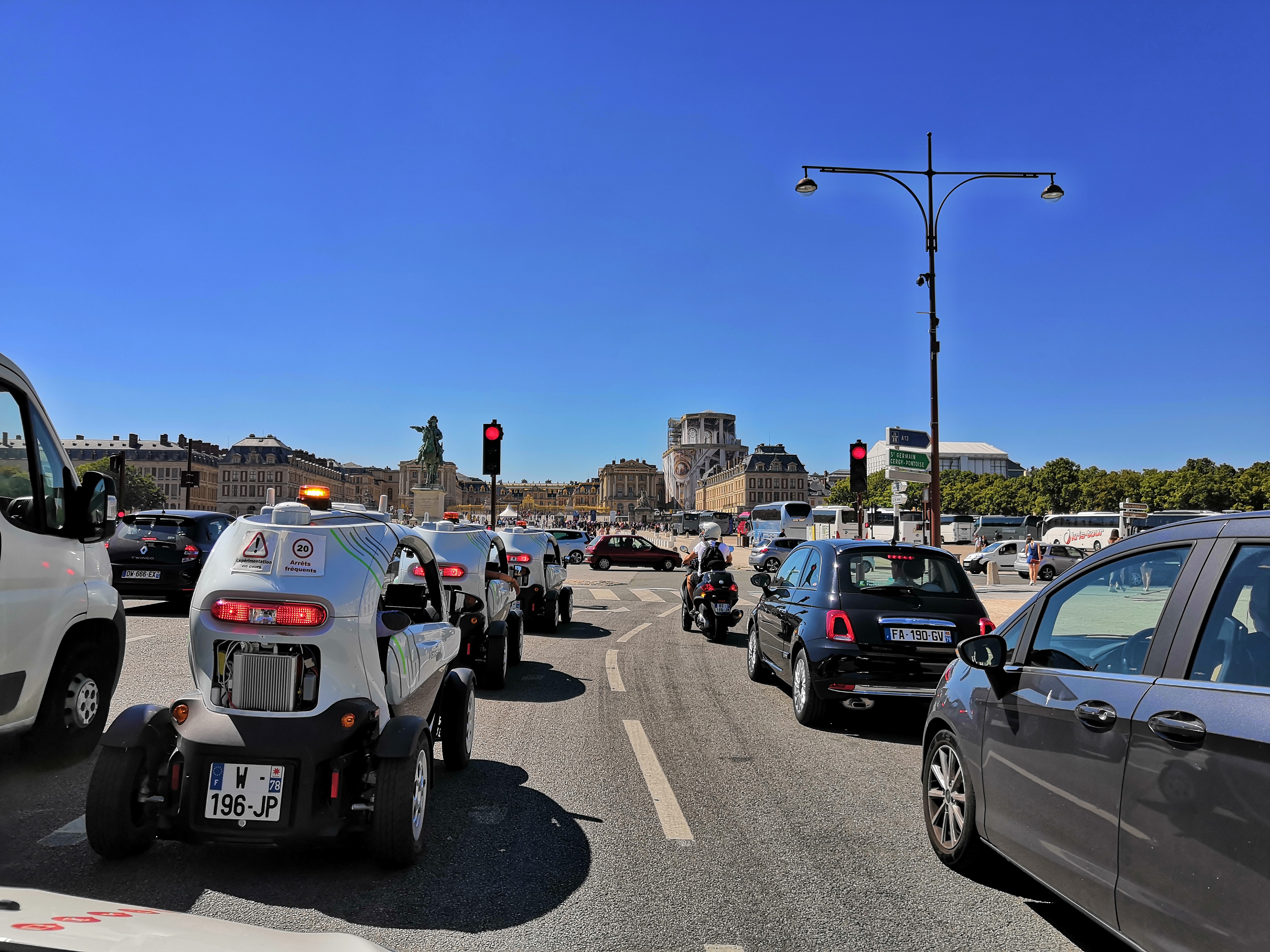AUTOPILOT final event : the IoT is pushing the self-driving vehicle towards new types of mobility services
Launched in 2017 for a period of three years, the European AUTOPILOT project, devoted to the contribution of the Internet of Things (IoT) to self-driving, is completing its experimental phase. The project brings together an international consortium of 45 partners on 6 trial sites located in Europe and South Korea. The results were revealed in Versailles, one of the partner sites and the head office of VEDECOM, the coordinator of the trials. They highlight the importance of IoT technologies in improving the abilities of the self-driving vehicle in better understanding its environment, in addition to the sensors that already exist (camera, radar, lidar, etc.). This project opens the way for a new generation of mobility services associated with self-driving vehicles.
The IoT at the service of “augmented” mobility
The IoT can connect all types of device to the Internet to share information and use added-value. Autonomous vehicles are thus connected to share information from the on-board sensors, as well as from smart phones of pedestrians and cyclists, traffic sensors, parking detectors, etc. Cloud computing services use and combine all this information to enhance the data and provide added-value services to self-driving vehicles.
The IoT, for better anticipation of the driving environment
The information from the IoT received by the self-driving vehicle enhances that detected by its sensors, which enables it to better anticipate imminent events and risks present in its environment. The results of the AUTOPILOT project highlight improved road safety, better traffic fluidity, improvement of driving comfort, reduction in the consumption of power and fuel.
Versailles, a pilot site for « platooning” or self-driving vehicles moving in platoons
In Versailles, one of the project’s pilote site, VEDECOM Institute tested platooning. As part of the AUTOPILOT project, this technology was tested to optimise the management of fleets for car sharing. The results of the project showed that the car sharing stations could be resupplied optimally in real-time according to requirements. The presence of a single driver – in the lead vehicle – can convoy a fleet of vehicles that follow in self-driving mode and thus quickly bring a large number of vehicles to the station.
Read the press file :
- Presentation of the results of the European Autopilot project – The IoT is pushing the self-driving vehicle towards new types of mobility services
- AUTOPILOT – Results and impacts
- AUTOPILOT – Business exploitation
Look at the video of the experimentations on platooning, in Versailles
Articles récents :
European 5G-MOBIX Project French site Demonstration and Seminar
5G for connected and automated cooperative mobility: towards greater safety and efficiency 21 April 2022, 9 AM - 6 PM Organisation : VEDECOM, Catapult, AKKA Technologies and VALEO Location: VEDECOM headquarters at mobiLab and Satory tracks, Versailles. 23 bis allée...
E-mobility: a successfull demonstration of the Certificate Trust List for Plug & Charge interoperability
The Certificate Trust List has been demonstrated on the 2nd of June 2021 as a technical solution for ISO 15118 Plug and Charge interoperability. The objective is to simplify the user experience wherever he is and guarantee the interoperability between any vehicle and...
“Machine Learning for the distributed and dynamic management of a fleet of autonomous taxis and shuttles”
Thesis defence of Tatiana BABICHEVA « Machine Learning for the distributed and dynamic management of a fleet of autonomous taxis and shuttles » 10 mars 2021 - 9h30 Online : Zoom Follow this event : [button...



